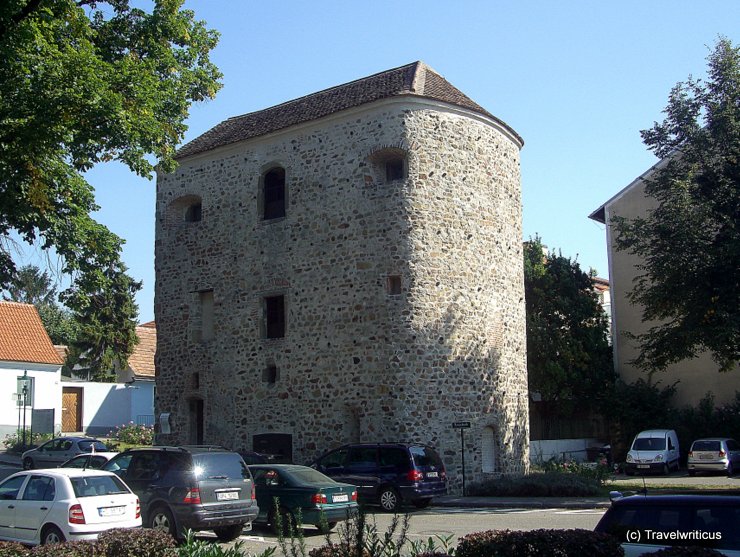
The Horseshoe Tower (Hufeisenturm) in Tulln remains from the ancient military camp Comagena. The Roman name originated from an equestrian unit descending from the region of Commagena.
Browse through your travel destination!

The Horseshoe Tower (Hufeisenturm) in Tulln remains from the ancient military camp Comagena. The Roman name originated from an equestrian unit descending from the region of Commagena.
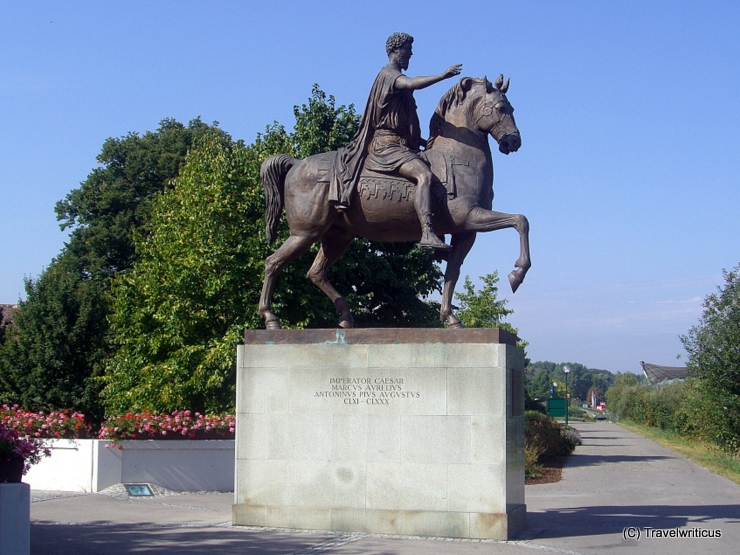
This monument to Marcus Aurelius is a replica of an equestrian statue on Capitols Square (Piazza del Campidoglio) in Rome. The sculpture in Tulln commemorates a Roman camp named Comagena, which was the predecessor of the modern city.
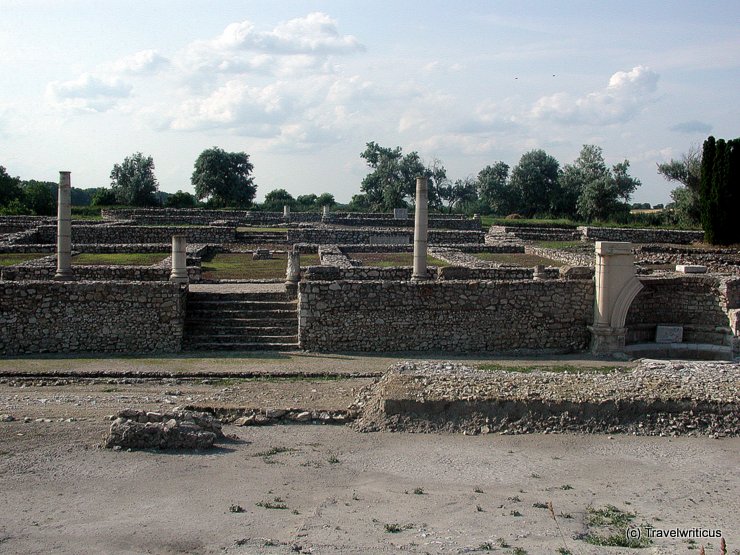
The Gorsium Archaeological Park near Tác tells about life in this region during the ancient age. The Roman influence started here with a fort protecting a road junction and a ford of the Sarviz River in the middle of the 1st century.
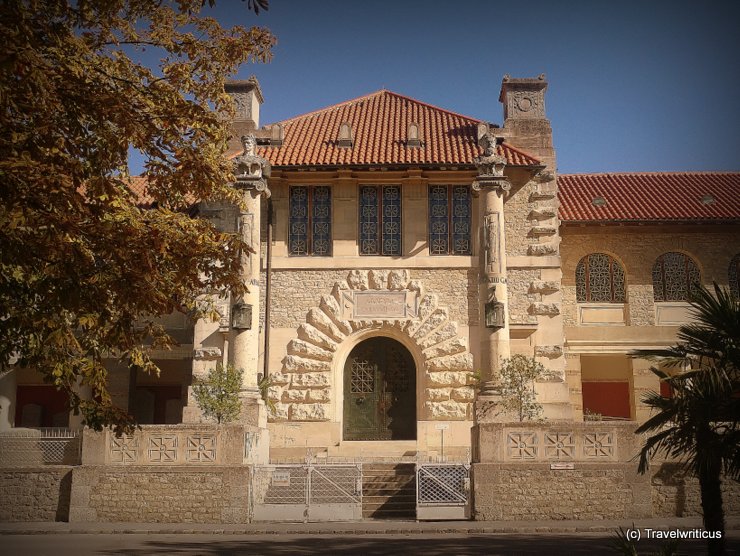
At first glance, the Carnuntinum Roman Museum in Bad Deutsch-Altenburg looks like a villa rustica. In fact, it was only opened in 1904. It houses artefacts from the Roman town of Carnuntum and is considered the biggest Roman museum in Austria.
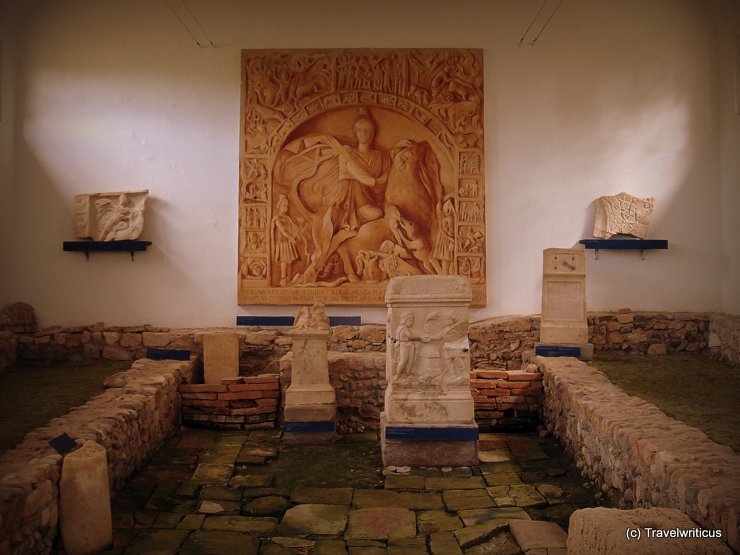
A protective building in the style of an ancient Roman sanctuary shelters the remains of the Mithras Shrine III in Ptuj. The shrine was erected in the sixties of the 3rd century by soldiers of the Legio XIII Gemina.
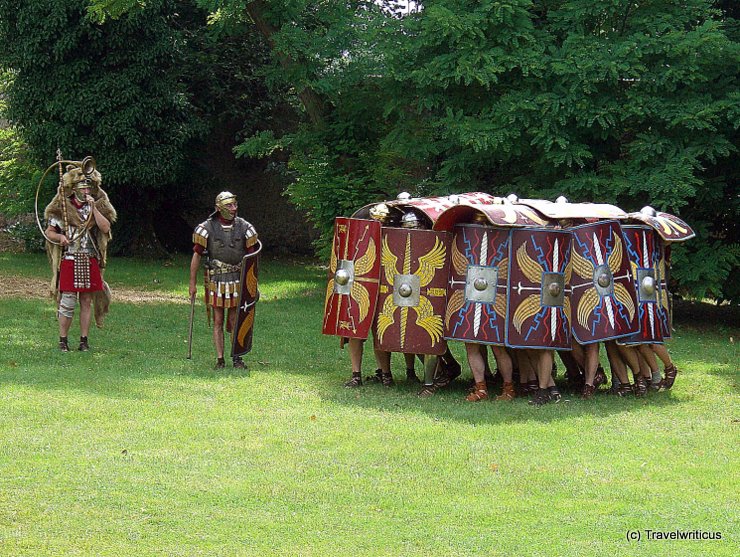
Probably the most iconic Roman military tactic is the tortoise (testudo) formation. At least, if you are a fan of the Asterix comic album series. In this part of a show at a Carnuntum festival, a reenactment group presents how such a formation develops.
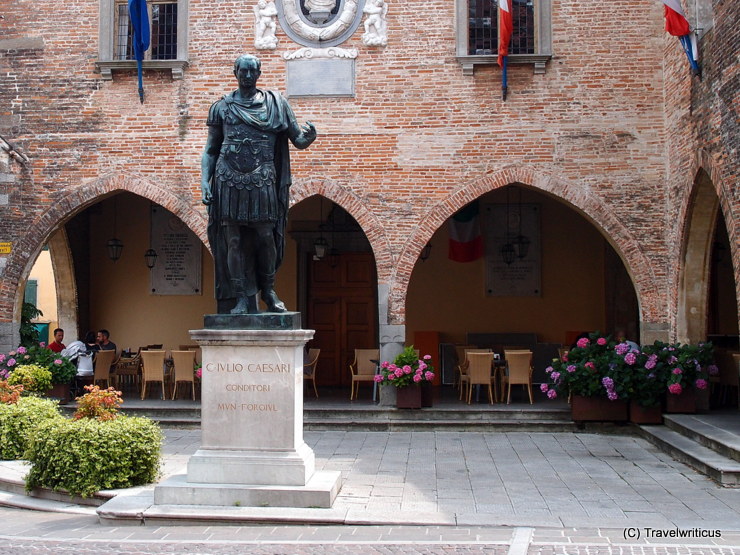
This monument in Cividale del Friuli remembers Julius Caesar, who founded the city in 50 BC. Its founding name was Forum Iulli. The name of the area of modern Friuli originates from this ancient city name.
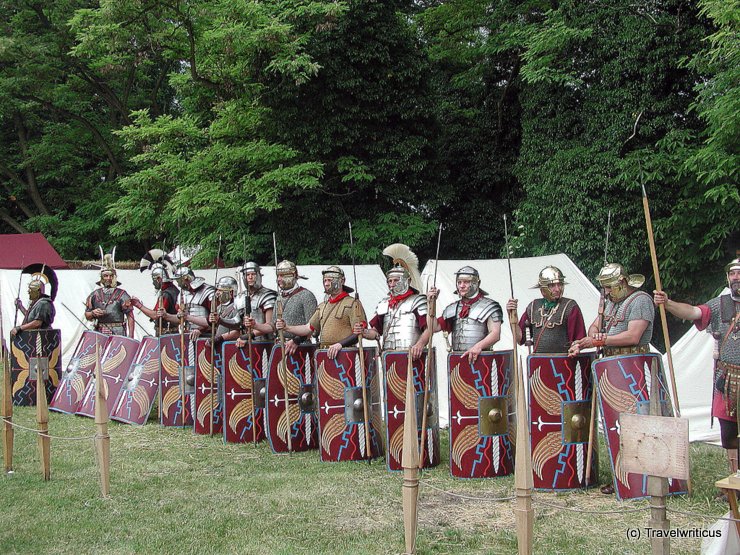
The Carnuntum Archeology Park hosts reenactment festivals with shows about Roman military routines and civic customs several times yearly. Numerous friend societies of Roman history provide visitors with parades of Roman legionaries.
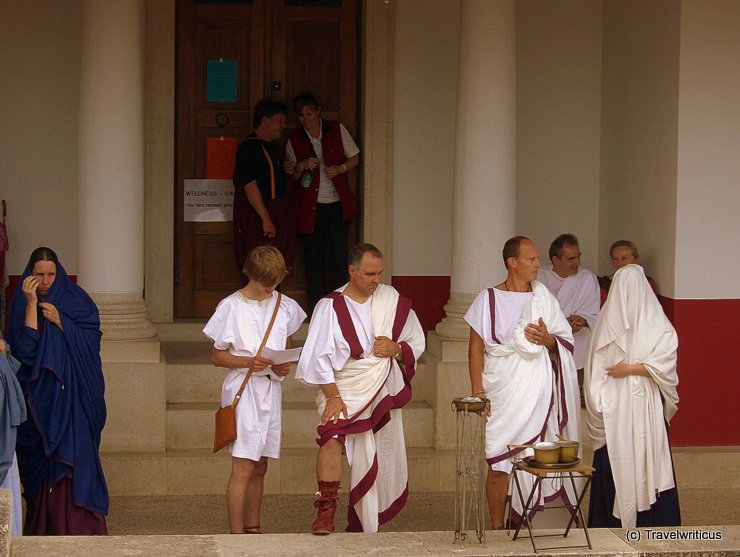
The Archeological Park of Carnuntum entertains visitors with reenactments like this Roman wedding. That way, people learn the bride used to be veiled during the celebration. Besides civic traditions, Carnuntum also presents military routines.
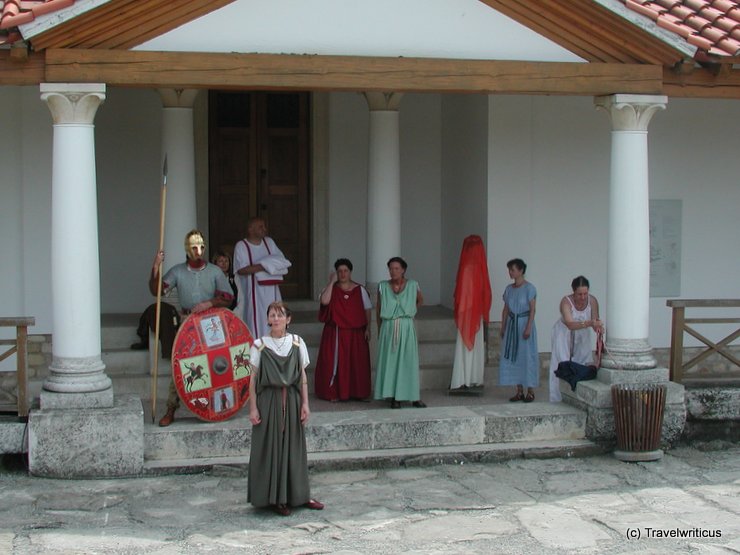
Fashion shows are another appreciated event during Carnuntum festivals. During such presentations, people hear about different dresses in Roman history. That way, the audience also learns how many steps are needed to put on a traditional toga.
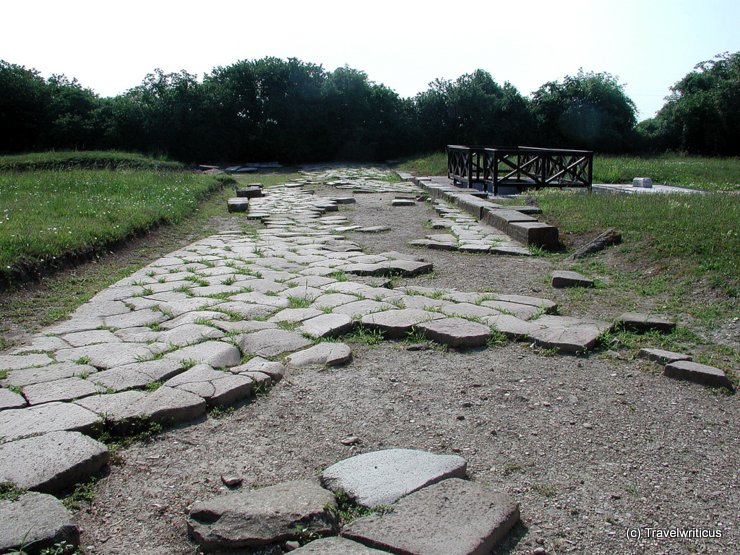
Before entering Venice, I visited the archaeological site of the ancient Altinum near Quarto d’Altino. There, I saw the remains of a Roman street. The nearby Museo Nazionale Archeologico di Altino displayed a bunch of ancient findings.
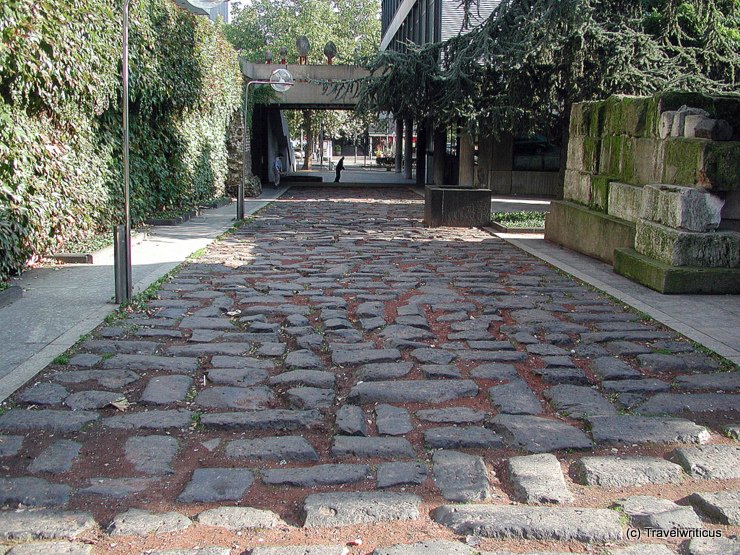
Near the Roman Museum, pedestrians see this reconstruction of an ancient street. The lane is known as Harbour Road, though it doesn’t lead to a port anymore. It isn’t an exact reconstruction of the former street, but the basalt stones are from Roman times.